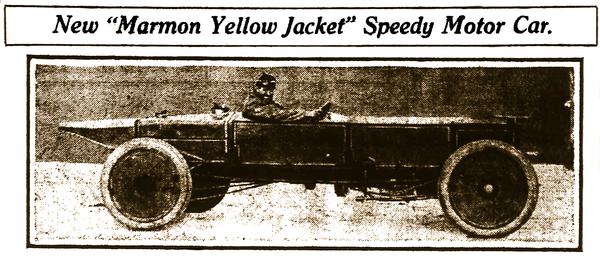- 1890s Cars
- Barney Oldfield Images
- Oldfield - Petersen
- Beer
- Early Auto Industry
- Uniontown - Marci McGuinness
- General Period Clip Art
- Early Race Related Clip Art
- Advertising and Editorial Cartoons
- Early Indianapolis
- IMS Construction
- Indianapolis Speedway
- First IMS Auto Races
- Failed 1909 Air Show
- 1909 IMS Balloon Races
- 1909 IMS Motorcycle Meet
- 1910 Indianapolis Auto Show
- 1913 Indianapolis 500
- 1919 Indianapolis 500
- Joe Dawson
- WWI "500" Winner Draft Cards
- Frank Di Buglione (off the wall art, LLC)
- Gilbert Art
- Carl Graham Fisher
- IMS Hall of Fame Museum
- Alco at 100th Anniversary
- Frederic Matile - Morris Park
- Miami-Fulford Speedway
- Paul Sheedy Collection
- Early Wyoming Racing - 1909 - 1919
- Personalities
- Early Racing Images
- Glidden Tour
- 1909 Cobe Trophy
- Fairmount Park & Belmont Estates
- Early Santa Monica
- Don Radbruch Collection
- Jeroen de Boer Collection 1910
- Jeroen de Boer Collection 1912
- Jeroen de Boer Collection 1913
- Jeroen de Boer Collection 1914
- Georges Boillot
- Story's Indianapolis 500 Cars
- Story's Sports Cars
- Story's Grand Prix Cars
- Old School
- Story's Brickyard Sketchbook
Marmon Wasp & Aerodynamics
Photo Gallery Categories
Search
Featured Article
Image of The Week

This image was published in the March 20, 1910 Indianapolis Star and ran in support of a couple of articles that discussed the then-new and revolutionary Marmon Wasp's design. Be sure to check out my analysis of articles that the Star published from January through April 1910 discussing the work to design and develop the Marmon Wasp which was a special racer allowed by the American Automobile Association (AAA) rulebook for that year. This may be the first published photo of the iconic car. If you want to achieve a new level of understanding about the origins of the historic machine I encourage you to click through the first link in this paragraph.
These articles dispell the long-held inaccurate belief that the Marmon Wasp was designed for the first Indianapolis 500. It was not. The design effort began late in 1909 and it targeted the first race meet (May 1910) at the Indianapolis Motor Speedway after the track was paved with bricks. The May race meet was among the most important on the AAA's newly announced national championship calendar.
The car proved an immediate success as driver Ray Harroun foreshadowed his legendary triumph in the 1911 Indianapolis 500 by scoring a big win in the feature event of the 1910 weekend, the Wheeler-Schebler Trophy. Further, the car was nearly destroyed while he was practicing in preparation for a lesser race on the final day of the meet. It was repaired in time for a June hillclimb competition.
My guess is that the driver in this photo - although he is not identified - is actually Harry "Sunshine" Stillman, the Marmon team's number two "shoe." Stillman initially tested the car at the Brickyard in March 1910 - the first time the iconic machine took laps around the famous oval track. Why Harroun - who had a lot to do with the design of the car - was not available for those duties is not spelled out, but I am certain it was because he was competing for the team at opening race meet for the Playa Del Rey board track. All reports state unequivocally that the car was designed with Harroun in mind as the driver.
I want to make a point about the Marmon Wasp that I have not seen presented anywhere else. I believe the idea of the single-seat race car in this instance was born of a conviction to make the machine slip through air as efficiently as possible. The pointed "stinger" tail was an educated design based on genuine understanding about how air flowed over an arrow-shaped body. Everything about it made it more "slippery" than its competition and this was enhanced by the simple fact that the vehicle had only one seat. The lack of a disruptive bulge in the fuselage-like body that would have been created by the riding mechanic's seat definitely provided a less bulky airflow pattern. Again, check out the articles you will find by clicking through the first link on this page for a more complete information on the origins of the Marmon Wasp and the aero focus of its creators.
| Attachment | Size |
|---|---|
| YellowJacket.jpg | 1.28 MB |
